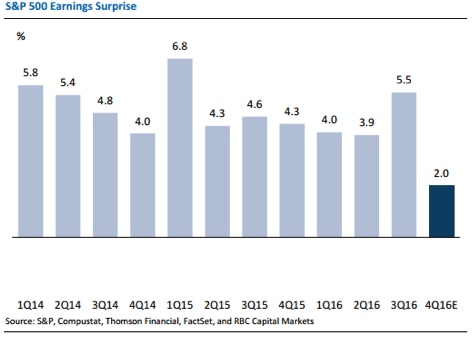It seems like every news cycle includes an article about how the Social Security trust fund is about to run out of money. ‘About’ may be somewhat of a misnomer. Estimates vary, and change as the economy goes through its ups and downs, but the latest estimate suggests that the trust fund will run out of money by 2035, in 11 years.
That doesn’t mean that, a decade or so down the road, we will witness the abrupt termination of Social Security benefits for seniors who qualify. The program receives its revenues from two sources: the money paid in by workers through their FICA contributions, and—where this is insufficient to pay for the benefits—from the trust fund to make up the difference. Roughly 20% of Social Security payments, in aggregate, come out of the trust fund each year. The most recent estimate is that, if nothing is done and the trust fund is allowed to be depleted, the Social Security Administration will pay 83% of the benefits that you see on your benefits statement.
It’s unlikely that Congress will decide to ignore the problem; the more relevant question is which of many proposals will be acted on. One is to simply raise the full retirement age from 67 to 68 immediately, and then bump it up progressively by two months each year thereafter. That would fill 44% of the funding gap, and represent a roughly 13% stealth reduction in benefits to future retirees. A second, similar proposal would index the Social Security retirement age to rising lifespans, which would address 20-25% of the funding gap.
Another set of proposals would lower the annual inflation adjustments for retirement benefits by switching to a different (less generous) inflation measure. This would fill an estimated 23% of the gap, but it might raise political hackles, since most economists say that the current benefits increases don’t keep up with inflation as it is.
There are several proposals to change the tax cap on FICA payroll taxes—that is, the maximum amount of income that is subjected to FICA assessments. One would raise the cap from $110,100 to $215,000 of personal income, which would fill roughly 35% of the funding gap. Another proposal would subject all earnings to Social Security taxes, which would fill 86% of the funding gap. This might be a political winner, since only 6% of American taxpayers would be affected. Alternatively, there’s a Congressional proposal to raise the 6.2% payroll tax rate to 7.2%, and leave the cap where it is (indexed to inflation). That would reduce the funding gap by 64%.
Yet another proposal would reduce benefits for the highest-earning 25% of Americans, but this would only address 7% of the funding gap. Another would tax contributions to retirement plans such as 401(k) programs (filling an estimated 10% of the funding gap); yet another would bring all newly-hired state and local government workers (who currently have separate retirement arrangements) into the Social Security fold. That would address 8% of the funding gap.
Finally, several proposals would create a means test for receiving Social Security benefits, meaning that people who are receiving higher income in retirement would see their Social Security checks reduced. The most likely of these proposals would fill about 11% of the funding gap.
Which will ultimately be adopted? Who knows? Look for Congress to consider all of these ideas in the next session, and a possible combination of two, three or four of them to reach the House and Senate floor. Like everything else that comes out of our legislative bodies, the solution is likely to be whatever is most politically expedient, rather than what might make the most logical sense.





